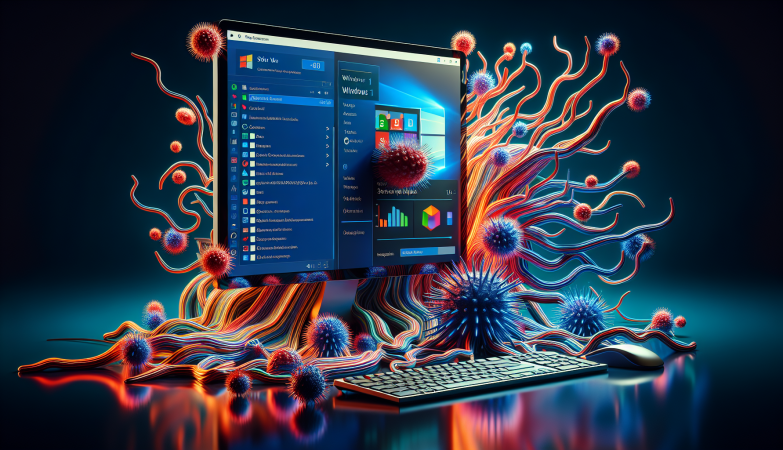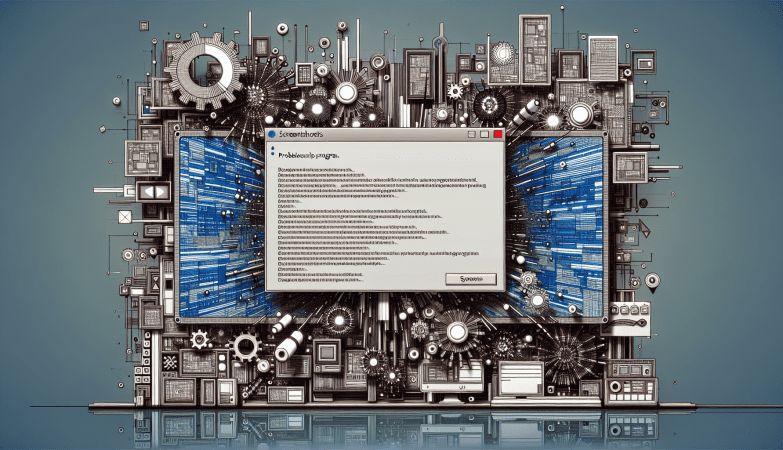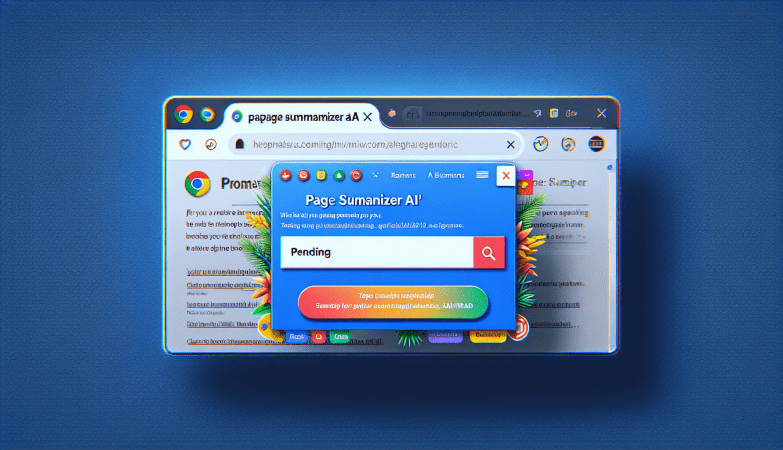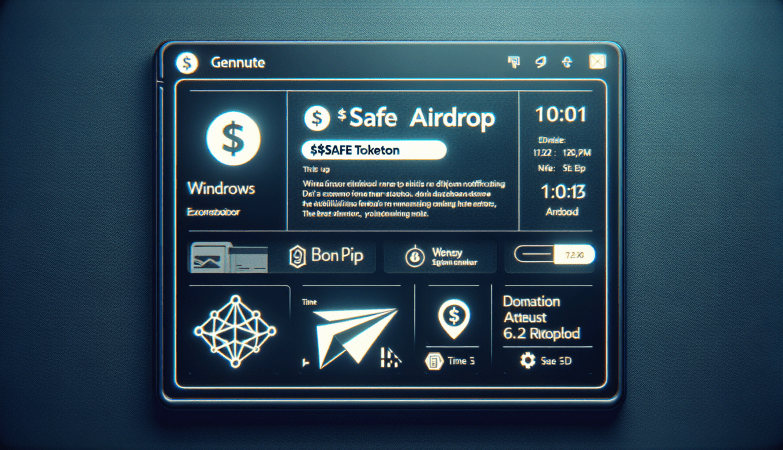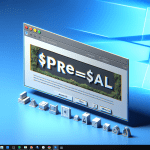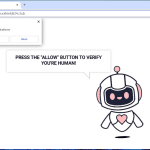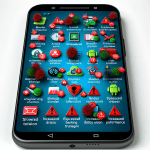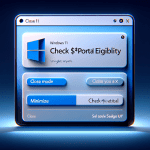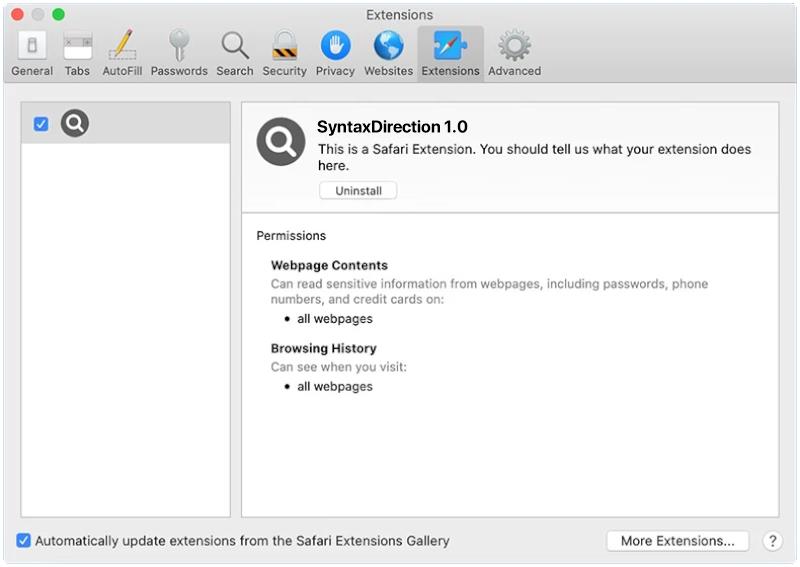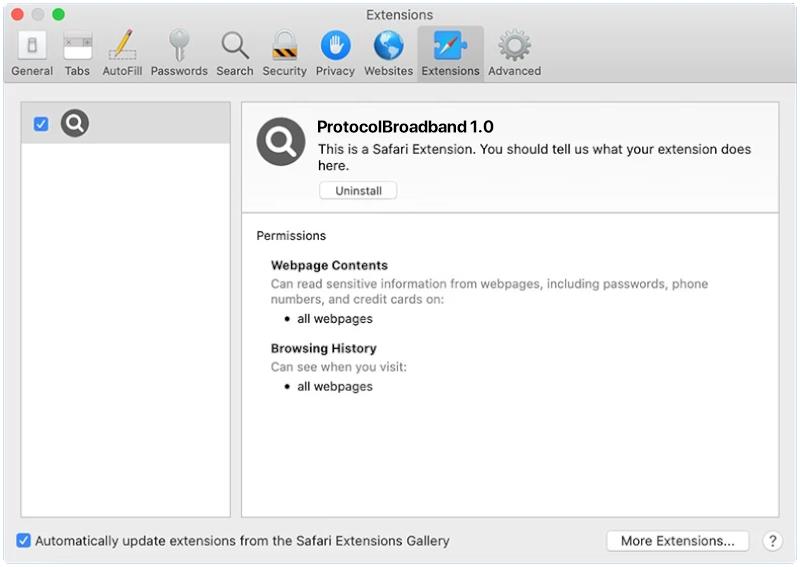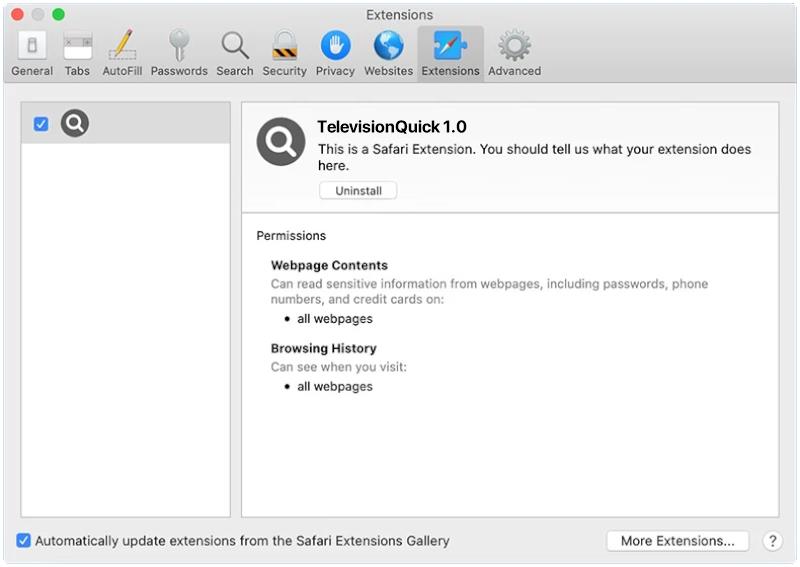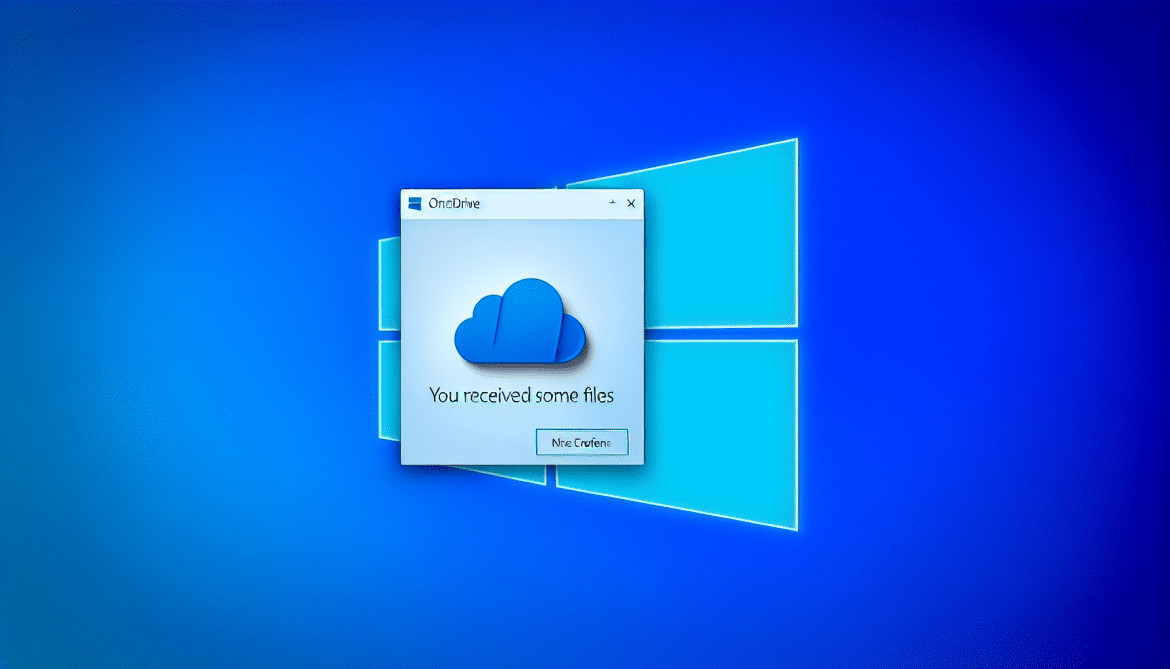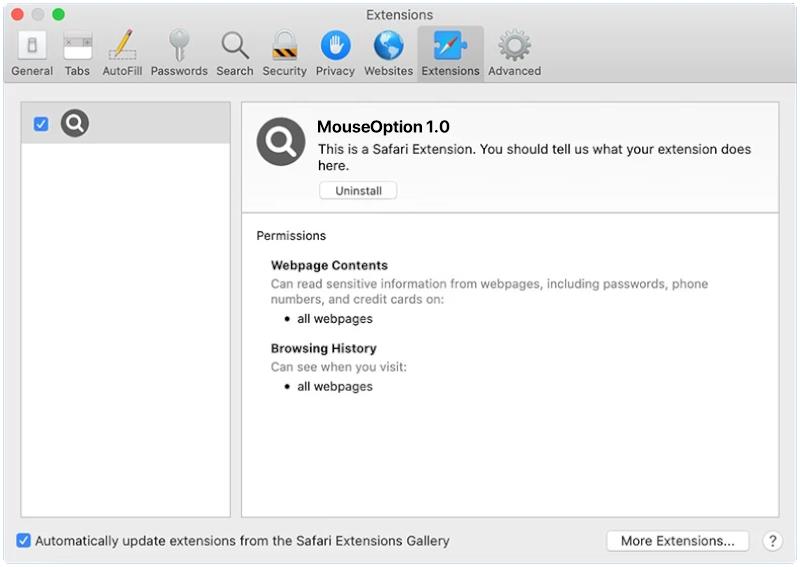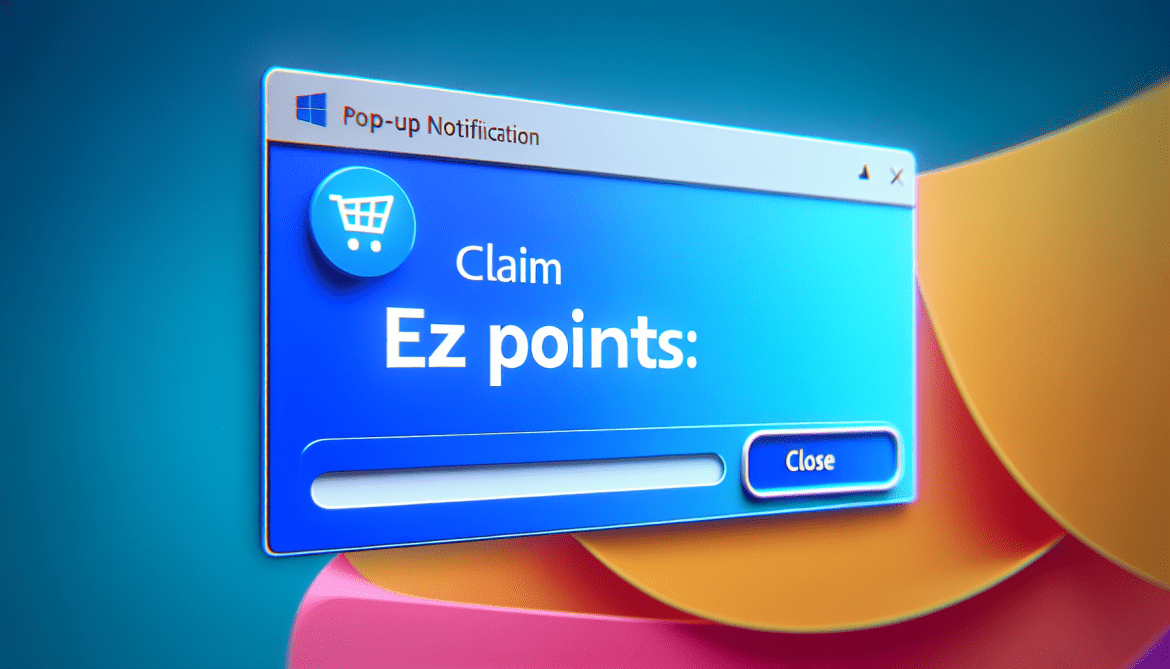How to remove SyntaxDirection (Mac)
SyntaxDirection is a type of malware that specifically targets Mac computers. It is a malicious software that infects the system by exploiting vulnerabilities in the operating system or by tricking users into downloading and installing it unknowingly. Once the malware gains access to the Mac, it can perform various harmful activities and compromise the security and privacy of the affected system.
One way SyntaxDirection can infect a Mac is through malicious email attachments or infected software downloads. Cybercriminals often disguise the malware as legitimate files or applications, making it challenging for users to recognize the threat. Once the malicious file is opened or the infected software is installed, SyntaxDirection can start executing its harmful activities. These activities may include stealing sensitive information such as passwords and banking details, displaying unwanted advertisements, redirecting web traffic to malicious websites, or even hijacking the entire system.
To protect your Mac from SyntaxDirection and other malware, it is essential to practice safe browsing habits and exercise caution when downloading or opening files from untrusted sources. Keeping your operating system and security software up to date can also help minimize the risk of infection. Additionally, regularly scanning your Mac for malware and using a reliable antivirus program can further enhance your system’s security.

